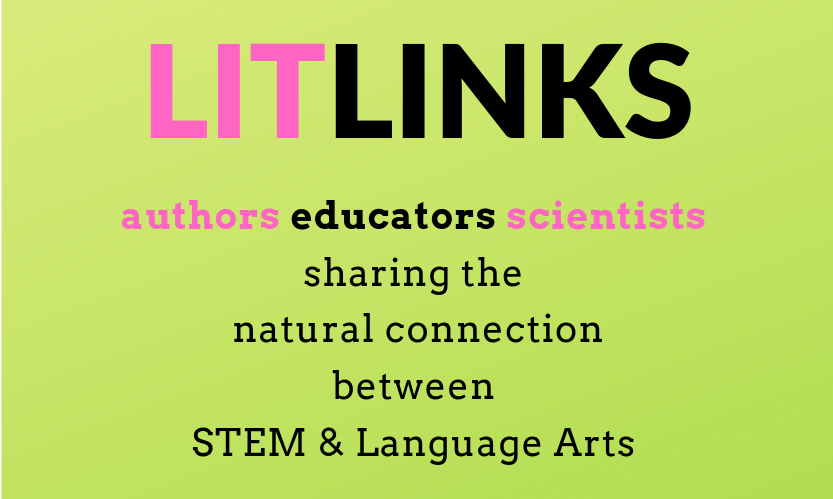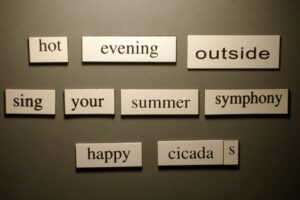
GUEST BLOGGER PAMELA S. TURNER
In Step 7 of HOW TO BUILD A HUMAN: IN SEVEN EVOLUTIONARY STEPS I explain the rise of our species, Homo sapiens. Although our ancestors were anatomically modern by around 200,000 years ago, there’s an ongoing debate among scientists about when our species became cognitively modern. As I describe it in my book, this is when our ancestors reached “a fully modern capacity for communicating and understanding complex stories…I’m talking about the point in our evolution when—if we could magically go back in time and tell the story in their language—our ancestors would understand Star Wars.”
How do we tell stories today?
Ask your students to think about how we tell stories today. How many different forms of storytelling do we use in the modern world? Besides various forms of text (books, magazines, websites), students might consider how stories are communicated through photography, photojournalism, paintings, sculpture, picture books, role-playing games, comics and graphic novels, videos, movies, theater, dance, and musical performances.
How did our ancestors tell stories?
Have your students look through books such as THE SECRET CAVE: DISCOVERING LASCAUX (Emily Arnold McCully, Farrar, Straus, and Giroux, 2010) and PAINTERS OF THE CAVES (Patricia Lauber, National Geographic Society, 1998), which describe the art discovered in European caves. But be sure to share some of the newest scientific findings as well. While cave paintings in Europe were once thought to be the oldest in the world, scientists recently discovered the world’s oldest figurative art, and the world’s oldest story scene, on the island of Sulawesi in Indonesia.
Of course, very few prehistoric paintings and sculptures survive. Have your students discuss other forms of storytelling our ancestors might have used, even though we don’t have direct evidence of these forms of storytelling.
Tell a story to your prehistoric ancestors
Have students, singly or in groups, choose a modern story that they will re-write and re-tell, as if reciting the story to ancient ancestors from 20,000 years ago. To do this, students will need to “translate” modern objects (such as cars), modern concepts (such as government), and modern ways of living (such as cities) into a prehistoric world-view. Offer extra credit to students who create “story pictures” to accompany their translated modern story, using a style that mimics prehistoric cave art from Europe and Asia.
And then sit back and enjoy your students’ creativity!
Pamela S. Turner has a master’s degree in public health from the University of California, Berkeley, and an abiding fascination with science, animals, and evolution. She is the author of several award-winning books for young readers, including Samurai Rising, a YALSA Excellence in Nonfiction Award finalist, as well as Crow Smarts and The Frog Scientist, both winners of the AAAS/Subaru SB&F Prize for Excellence in Science Books. Her newest book, How to Build a Human (In Seven Evolutionary Steps), tackles the origin of Homo sapiens with wit and clarity. Learn more, follow, and sign up for her newsletter at www.pamelasturner.com. Instagram: @pamela.s.turner Facebook: /psturnerbooks Twitter: @psturnerbooks











Leave a Reply
Your email is safe with me.